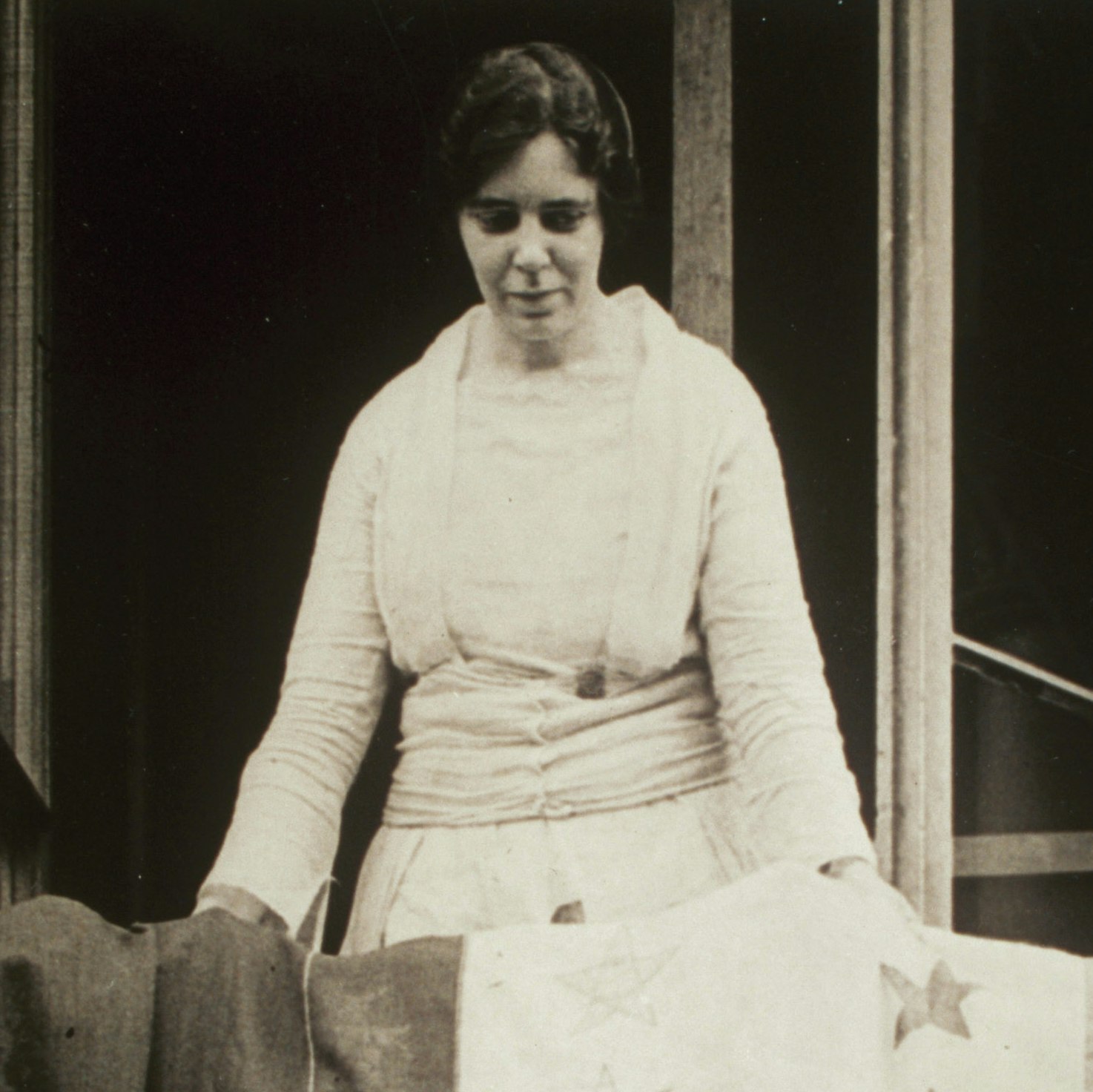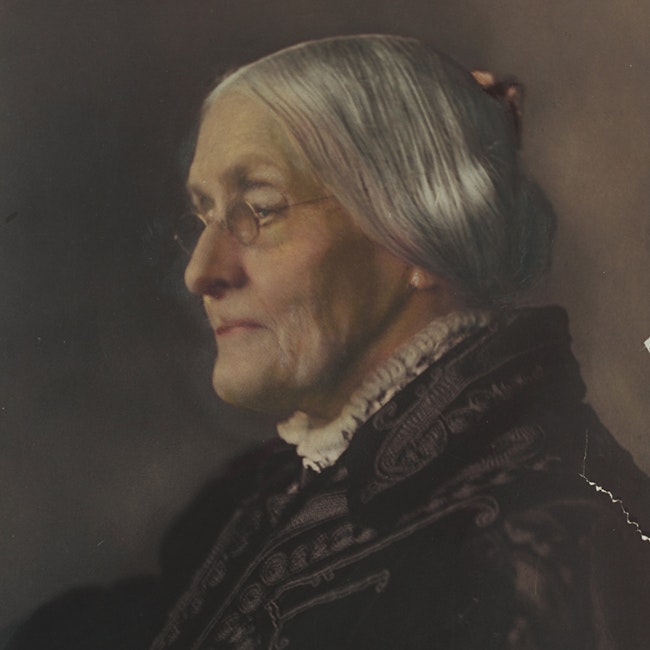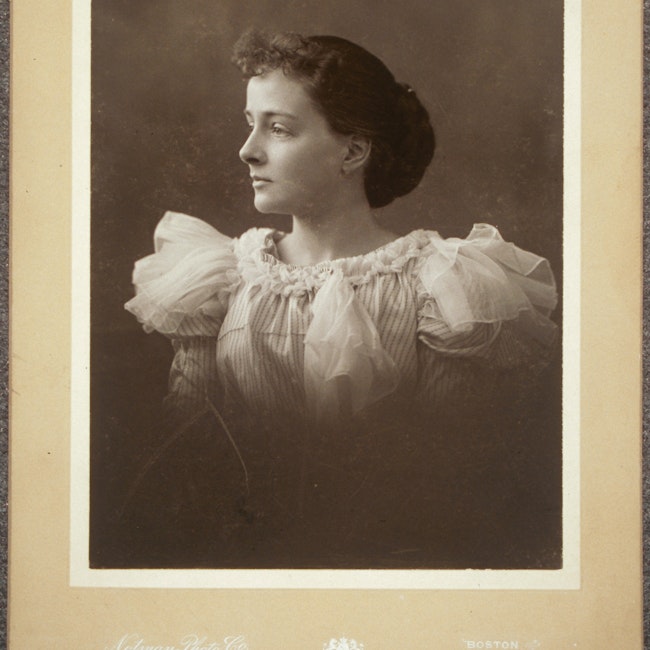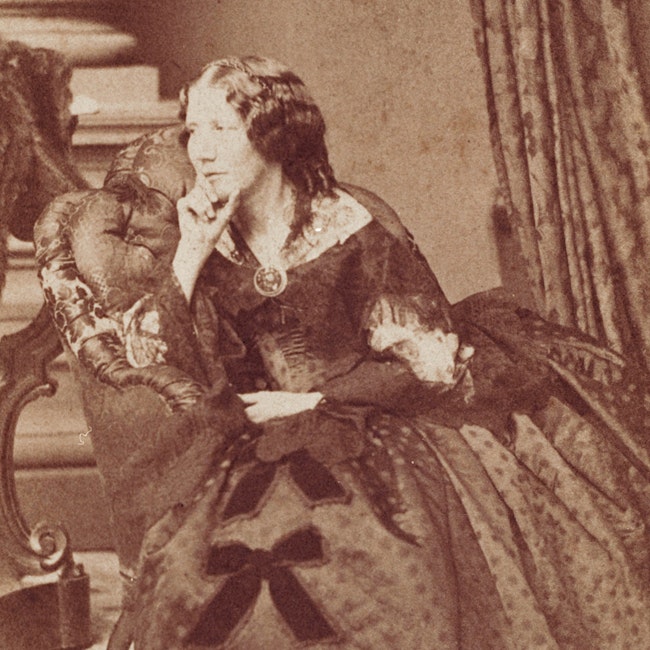Alice Paul
A suffragist, a women’s rights activist, and the author of the original Equal Rights Amendment, Alice Paul (1885–1977) devoted her entire life advocating for women’s suffrage and equal rights for women. She was the main architect of the campaign in the 1910s to pass the 19th Amendment to the US Constitution, which gave women the right to vote.

Following the ratification of the 19th Amendment, in 1920, Paul turned her energies toward the passage of a new constitutional amendment which read: “Men and women shall have equal rights throughout the United States and every place subject to its jurisdiction.” First introduced in 1923, the ERA was rewritten in 1943 and dubbed the “Alice Paul Amendment.” Although it passed Congress in 1972, it was never ratified.
Reared in a Quaker family from New Jersey, Alice Paul graduated from Swarthmore College in 1905 and later earned a doctorate from the University of Pennsylvania, where her dissertation was titled "The Legal Position of Women in Pennsylvania.” Radicalized by the example of Emmeline and Christabel Pankhurst, the militant founders of the Women’s Social and Political Union (WSPU) in Great Britain, Paul joined the WSPU; was repeatedly arrested and imprisoned; and participated in hunger strikes while in prison. During her final imprisonment, she was force-fed and had to be carried out of prison at the end of her sentence.
Returning home to recover and to reinvigorate the suffrage movement in the United States, Paul organized an elaborate and massive parade by women to march up Pennsylvania Avenue and to coincide with Woodrow Wilson’s presidential inauguration. The parade, on March 3, 1913, began with the beautiful lawyer and activist Inez Milholland leading the procession, dressed in Greek robes and astride a white horse. The marchers were met with obscenities and physical violence, but they made headlines across the country and rekindled the national debate about suffrage. Paul organized the National Woman’s Party in 1916 and, in January 1917, staged the first political protest at the White House. Known as the Silent Sentinels, this group of women stood silently, demanding the right to vote. The picketers, however, were arrested for “obstructing traffic” and were sent to prison, where they were brutally treated and force-fed. Released from prison, they staged more confrontational demonstrations: climbing statues, chaining themselves to fences, and burning "watch fires" in front of the White House. On June 4, 1919, the 19th Amendment was finally passed by Congress.
“There will never be a new world order until women are a part of it.” Single-minded in her commitment to the equality of women, Alice Paul worked for the rest of her life for the passage of the ERA and played a significant role in adding protection for women to the Civil Rights Act of 1964. In 1938, she was also a founder of the World Woman’s Party, which lobbied successfully for the inclusion of equality provisions in the United Nations charter and in the 1948 Universal Declaration of Human Rights.
The Alice Paul Papers document Paul’s work in the National Woman's Party and the World Woman's Party and her ongoing commitment to the Equal Rights Amendment. When her estate was put up for auction in 1987, it was purchased on behalf of the library by the Alice Paul Centennial Foundation. Other portions went the Smithsonian Institution in Washington, DC, and to the Alice Paul Institute, which is housed in the brick farmhouse in Mount Laurel, New Jersey, where Paul was born.





